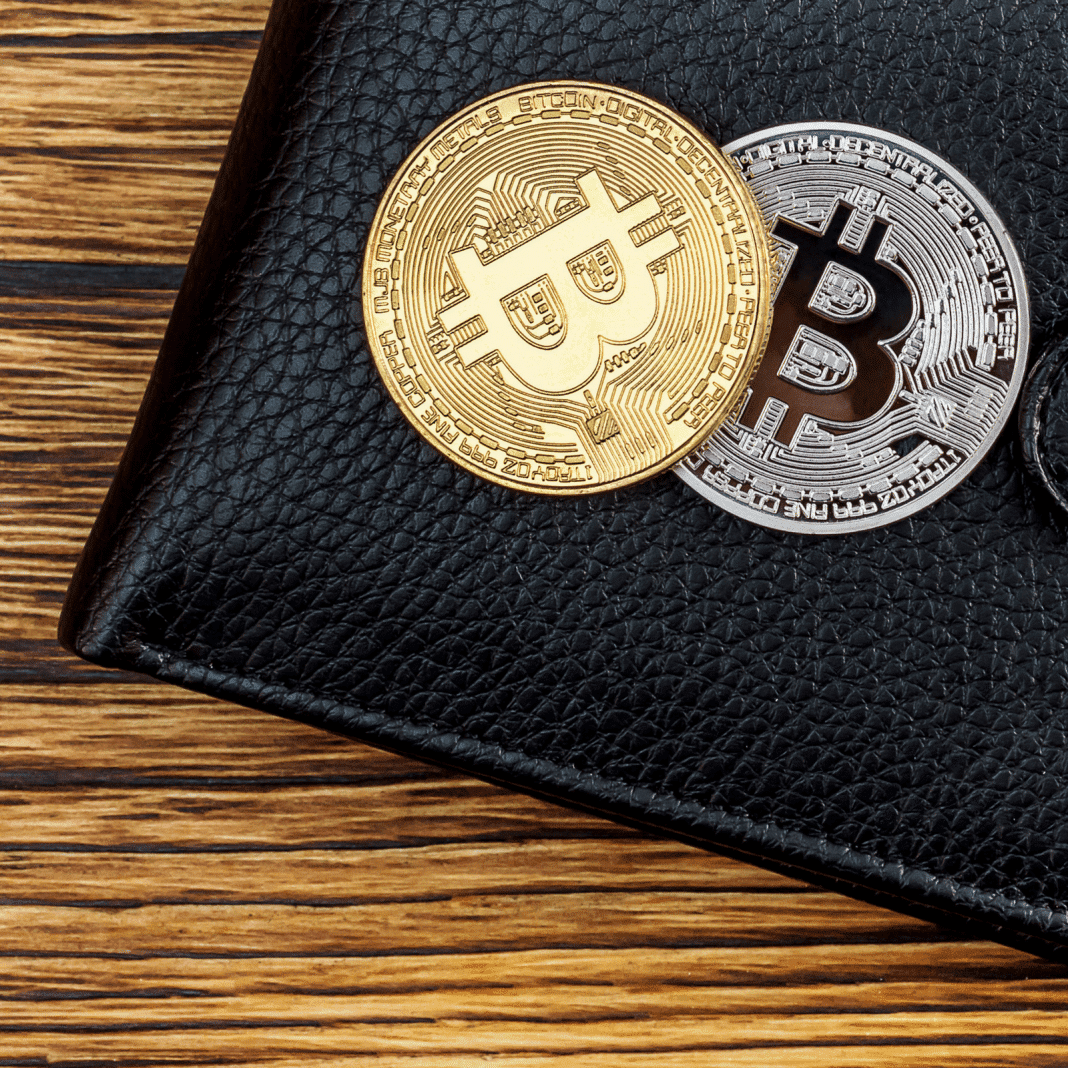Content
Therefore, cryptocurrency shows what the user is capable of owning and token shows what users already own. Cryptocurrency coins are required to pay for coin, token, and non-fungible token transactions. Cryptocurrency coins operate on their own, independent network. To launch a new cryptocurrency network, the developers must create a new blockchain and enlist the infrastructure to make it work. Cryptocurrencies vs. tokens debate would also focus on the uses of cryptocurrencies as digital cash.
Sometimes people use the term “coin” to refer to what other people call “tokens”, and “token” to refer to what others call “coins”. Some people will use either name to refer to all the digital assets currently available. Tokens are a unique outlay of broader smart contracts platforms like Ethereum that enable users to create, issue, and manage tokens that are derivatives of the primary blockchain.
Excellent piece from @realcoincentral on understanding the differences between #crypto tokens vs. coins and how it can help you better evaluate #ICOs and existing #cryptocurrencies.
— Crypt Zilla (@crypzilla01) August 13, 2018
Coins refer to any cryptocurrency that has a standalone, independent blockchain — like Bitcoin. Crypto tokens can represent an investor’s stake in the company or they can serve an economic purpose, just like legal tender. This means token holders can use them to make purchases or they can trade tokens just like other securities to make a profit. The transactions and protocol are viewable and verifiable by all the users having the tokens which makes it completely transparent as well. Fake initial coin offerings are fake campaigns used to get investors to invest.
Token vs Coin: What is a Coin?
Some utility tokens also offer discounts, rewards, or additional benefits to token holders. A genuine utility token usually has no expectation of profit. If that is not the case, it represents a hybrid of a security and utility token.

The world of cryptocurrency is much bigger today, with a variety of coins and tokens with use cases that go well beyond being a medium of exchange. Many of these cryptos are not necessarily Bitcoin competitors. A token is a digital unit that represents an asset or utility. Unlike coins, tokens don’t need to have their blockchain and can exist as part of the ecosystem of another network.
Binance partners with Cristiano Ronaldo for NFTs
Returns on the buying and selling of crypto assets may be subject to tax, including capital gains tax, in your jurisdiction. These types of tokens are unique and cannot be exchanged for other tokens of the same type. Non-fungible tokens are perfect for creating collectibles, digital art, access keys, or in-game items. Their unique properties allow an NFT to be linked to an image stored on an external server, which makes it possible for a token to have a visual representation. Another advantage tokens bring to the crypto world is asset tokenization.
A crypto commodity is a digital representation of a commodity, utility, or contract on the blockchain network through exclusive tokens. A cryptocurrency is a standard currency used for making or receiving payments on a blockchain, with the most popular cryptocurrency being Bitcoin . The cryptocurrency is the superset, while altcoins are two subset categories.
- Typically, coins are used for governance, transactional fees and other related use cases.
- Equity Tokens – if a token represents some stock or equity in the company that issues it, it’s an equity token.
- Another example of a coin, Ethereum’s Ether is the native coin of a smart contracts platform for creating general-purpose computer programs that run on a decentralized blockchain.
- So you’re familiar with the idea of acryptocurrency, perhaps even ablockchain.
Some of the most commonly seen tokens on Ethereum include BAT, BNT, Tether, and various stablecoins like the USDC. The sole purpose of payment tokens is to pay for goods and services.A token may fall into more than one of the above-listed categories. A security token, for instance, may also have the functionality of a utility token, accounting – once again – for fuzzy boundaries.
Explore other guides
This is because they allow for a more convenient peer-to-peer payment system outside of using cash. At the same time, they have attracted many investors worldwide due to their prospects of delivering high-returns and more user-friendly. Demand for blockchain usage will lead to more demand for cryptocurrency coins and tokens. As mentioned above, the cryptocurrency market is broad and inclusive, to the point where digital assets called stablecoins have entered the arena. Stablecoins, since they’re called stablecoins, are best to be called coins.

If the group of coin owners has total control, they may be known collectively as a decentralized autonomous organization, or DAO. Whenever a DeFi app makes a transaction, the underlying blockchain assesses a fee. The founders of Ethereum referred to this as a gas fee, and the name has stuck. Volatility profiles based on trailing-three-year calculations of the standard deviation of service investment returns.
These units are encoded into the software protocols of the blockchain software itself and are known as cryptocurrency. Some tokens are launched via initial coin offerings , although they’re not technically coins. In general, a coin is a cryptocurrency that comes with its own dedicated blockchain, and a token is a cryptocurrency or crypto asset that runs on another cryptocurrency’s blockchain. Blockchains serve as the foundation of modern cryptocurrencies, but they are capable of doing much more. Here’s a peek behind the curtains at how blockchain databases work and the real-world problems they are solving. Behind the Bitcoin cryptocurrency is a blockchain known as the Bitcoin blockchain.
Native vs. non-native cryptocurrencies
You can notice how the blockchain network protocol itself issues cryptocurrencies, which serve as the native currency of the blockchain network. Cryptocurrencies also serve another crucial purpose in blockchain networks other than serving as the preferred means of payment for transaction fees on the blockchain. Blockchain networks also incentivize users with cryptocurrencies for securing the network. The primary difference between the two digital assets in crypto space is that cryptocurrencies are native assets on blockchain networks. For example, BTC on the Bitcoin blockchain or ETH on the Ethereum blockchain is cryptocurrencies. In the world of blockchain, cryptocurrency and crypto tokens are digital assets.
The information is stored on the device but is fully encrypted. A fingerprint or iris scan can prove that you’re the owner of the data received. Anyone can make their own custom token on one of cryptocurrencies VS tokens differences these platforms. You can store it for a long period of time and nothing happens to it. The offers that appear in this table are from partnerships from which Investopedia receives compensation.
Coin vs Token: Which Is Better To Invest In Or HODL?
Due to this, these digital assets cannot be duplicated for any kind of counterfeiting. Crypto tokens, on the other hand, are available as programmable logic in smart contracts which have been deployed on existing blockchain networks. Developers can tailor smart contracts underlying crypto tokens for different purposes. You can find examples of utility tokens and security tokens as promising highlights for identifying the flexibility of use cases of crypto tokens. Crypto tokens are generally designed in accordance with specific token standards such as ERC-20 and ERC-721.

The deed is a contract that wouldn’t exist without the underlying monetary system. So in this instance, money would be the coin and the deed, a token. Eric Rosenberg is a financial writer with more than a decade of experience working in banking and corporate accounting. He specializes in writing about cryptocurrencies, investing and banking among other personal finance topics. From the investors’ point of view, this is an essential difference, because it provides a key measure to assess the potential of any crypto-asset.
What Are Crypto Tokens?
The uniqueness of Loopring is also why it’s performing well – we’re talking an increase from £0.31 to £2.16 within a month. USD Coin is another stablecoin, and, like Tether, it is pegged to the U.S. dollar. Also like Tether, USD Coin is hosted on the Ethereum blockchain. Rather than an investment, USD Coin is envisioned as everyday money that can be spent with merchants on the internet. New coins are constantly being created, such as Dogecoin, Litecoin, Tether and Cardano. As supply and demand changes the value of Ether daily, the exchange value of anything denominated in Ether fluctuates.

As a result, tokens exist as application-specific tokens within a coin’s broader cryptocurrency/blockchain network, like Dai existing within Ethereum’s ecosystem. Ether is the native cryptocurrency for the Ethereum blockchain and network. It is used to pay transaction fees and as collateral by network validators. Native tokens are a blockchain’s inherent digital currency.
Tokens and Ethereum
Crypto DictionaryUltimate dictionary for the most commonly used words in cryptocurrencies. Please include attribution to 101blockchains.com with this graphic. The Distributed Ledger Technology or DLT functionality of cryptocurrencies https://xcritical.com/ enables automated and trustless enforcement of system rules. This content is for informational purposes only and is not investment advice. You should consult a qualified licensed advisor before engaging in any transaction.
Today, Ethereum hosts thousands of distributed applications that serve a wide variety of purposes. Ethereum is the platform of choice for most decentralized finance applications, for instance, because DeFi apps need to interact with blockchain-based crypto funds. Collateralized stablecoins maintain a pool of collateral to support the coin’s value. An equal amount of collateral is taken out of the coin’s reserves whenever someone sells their tokens.